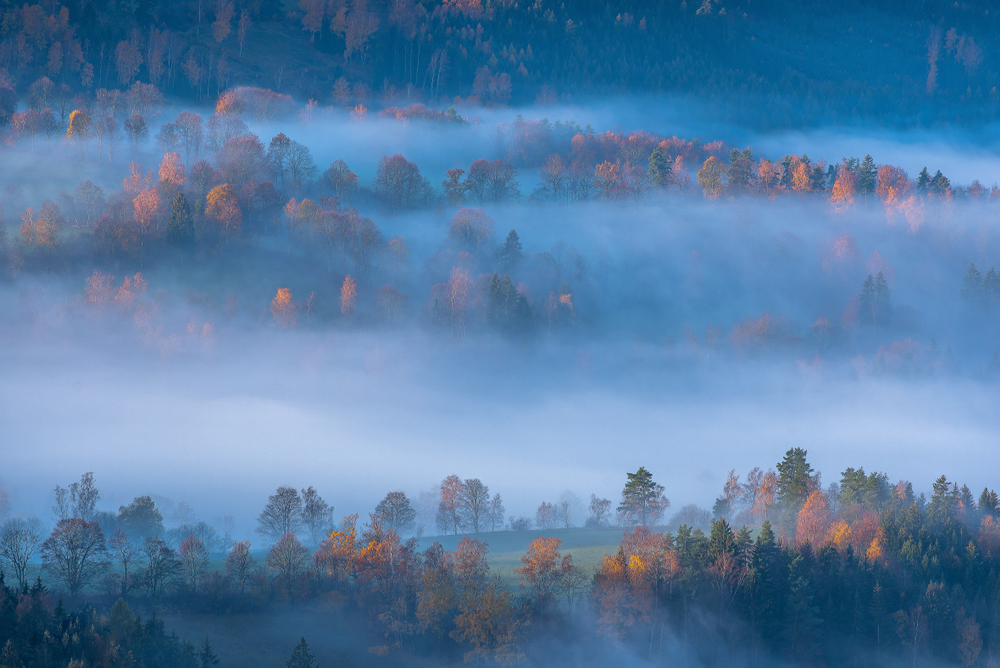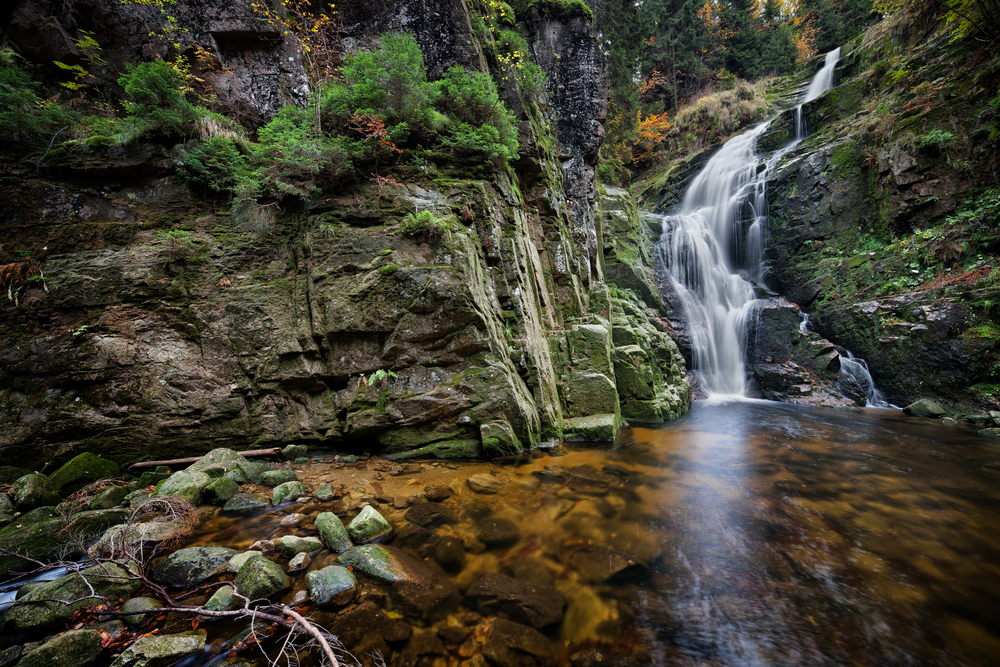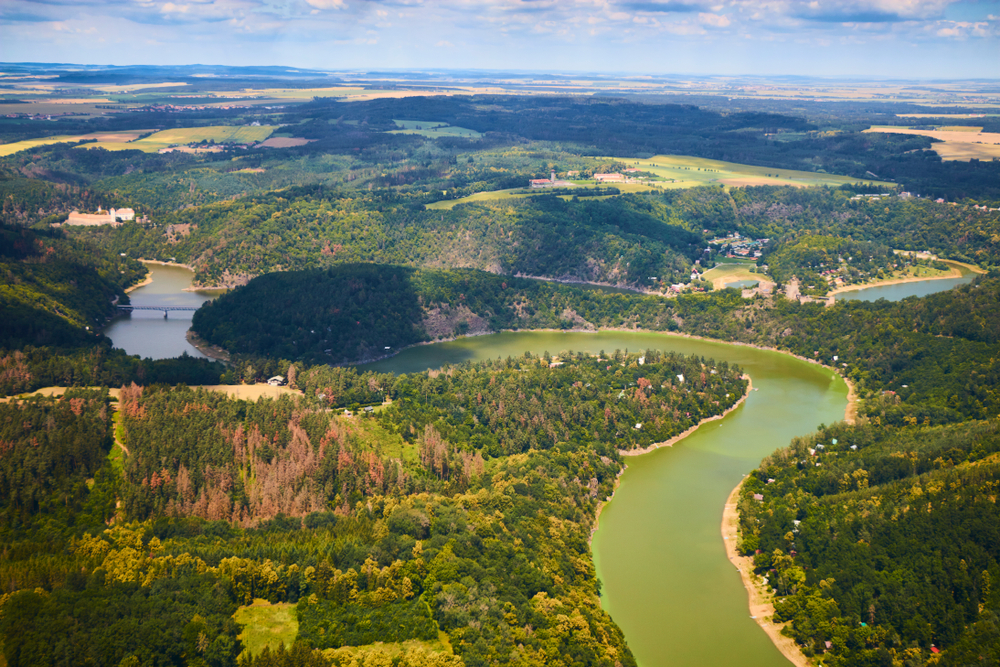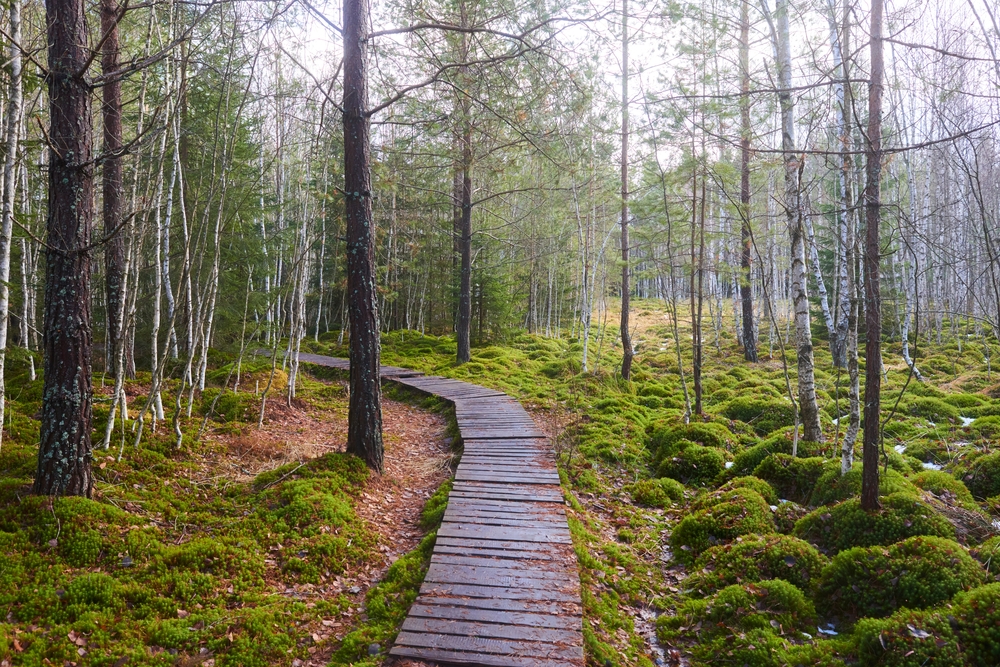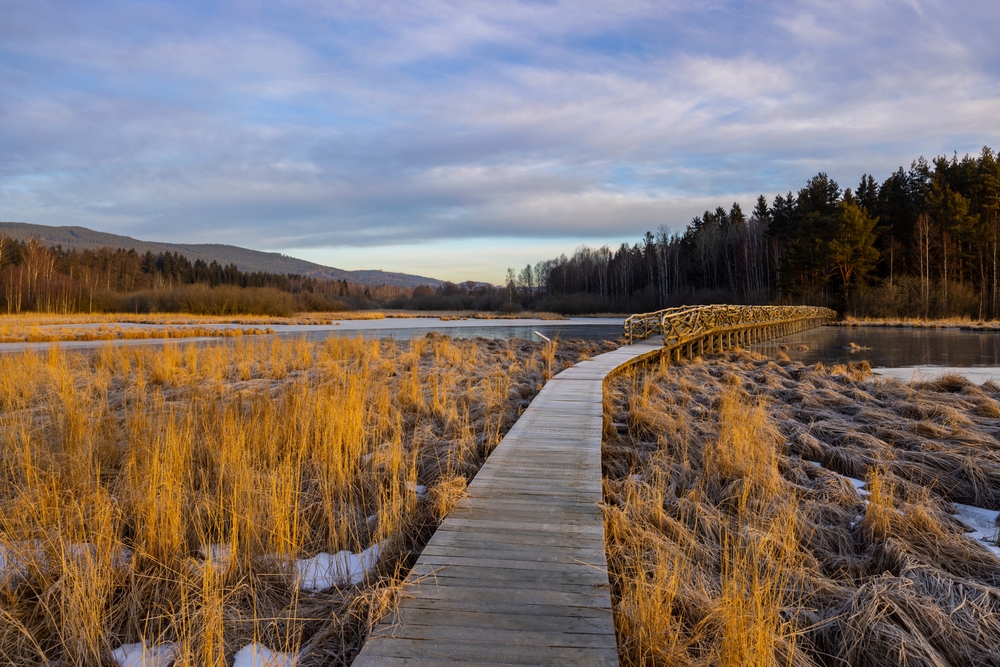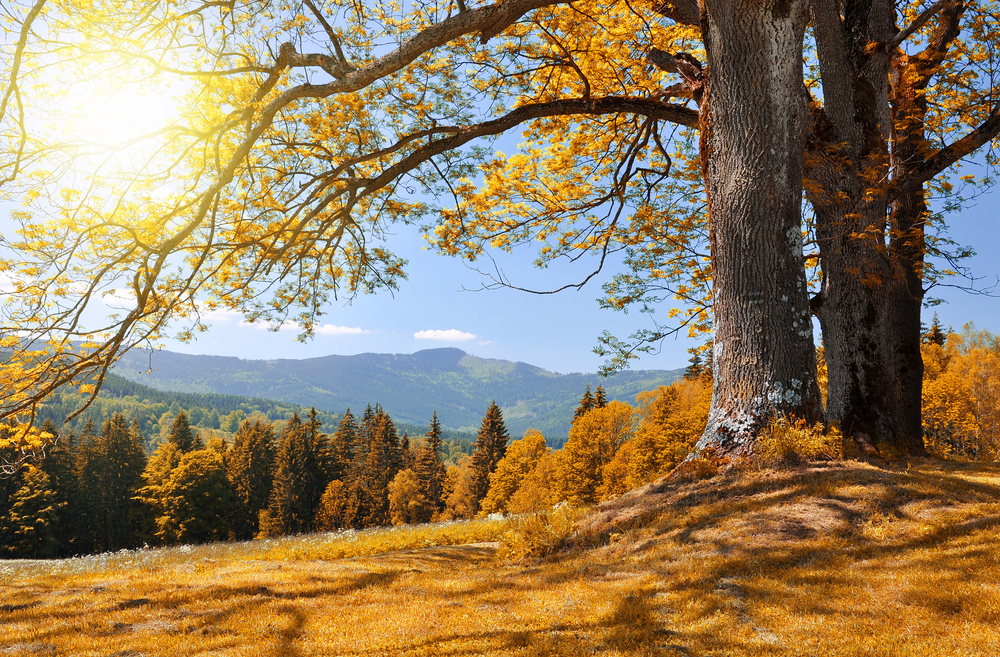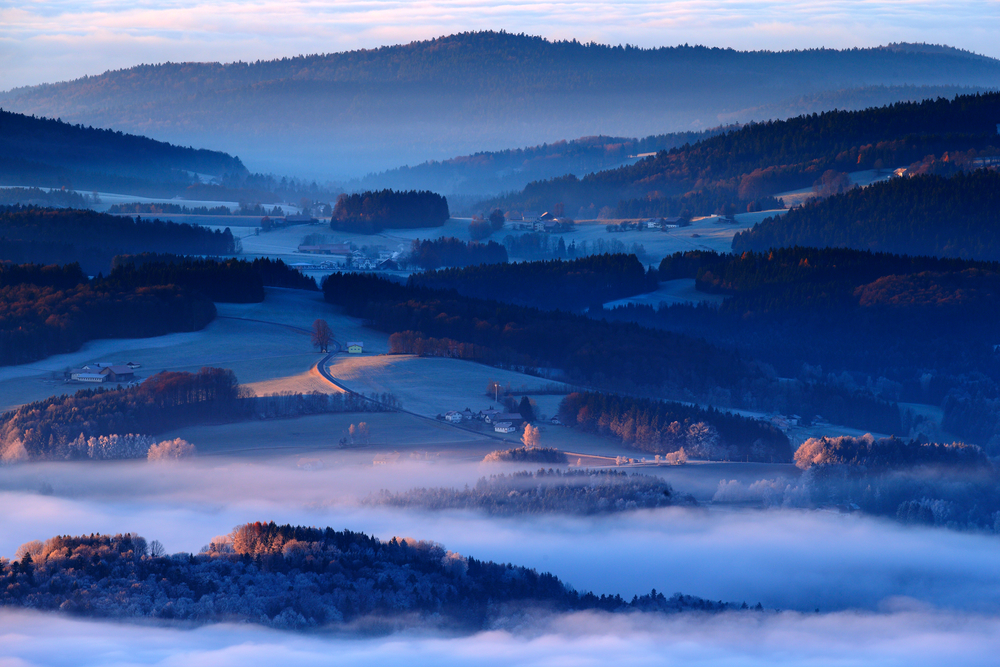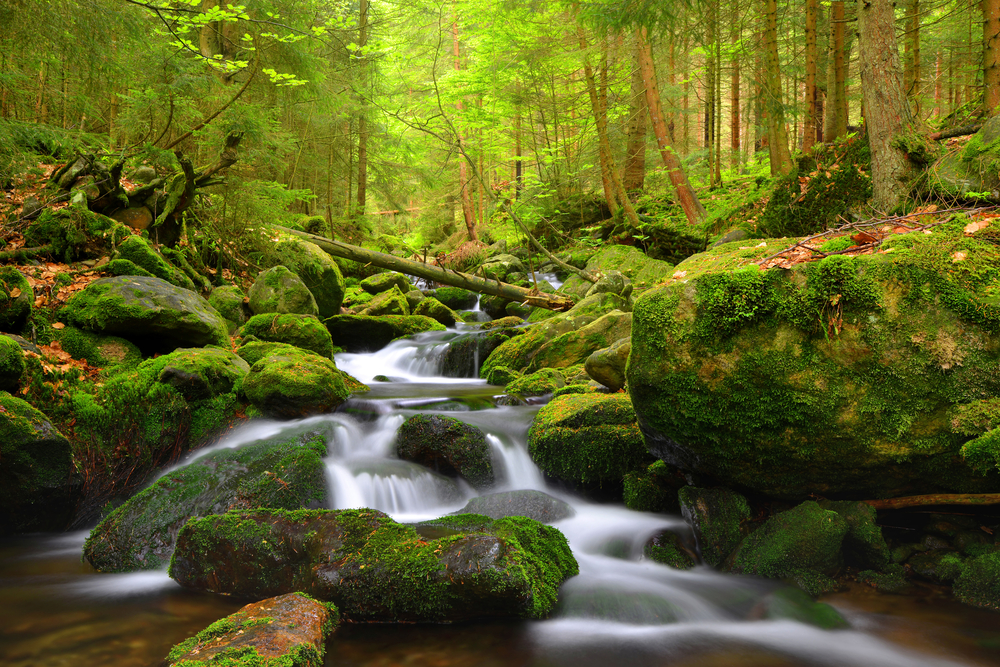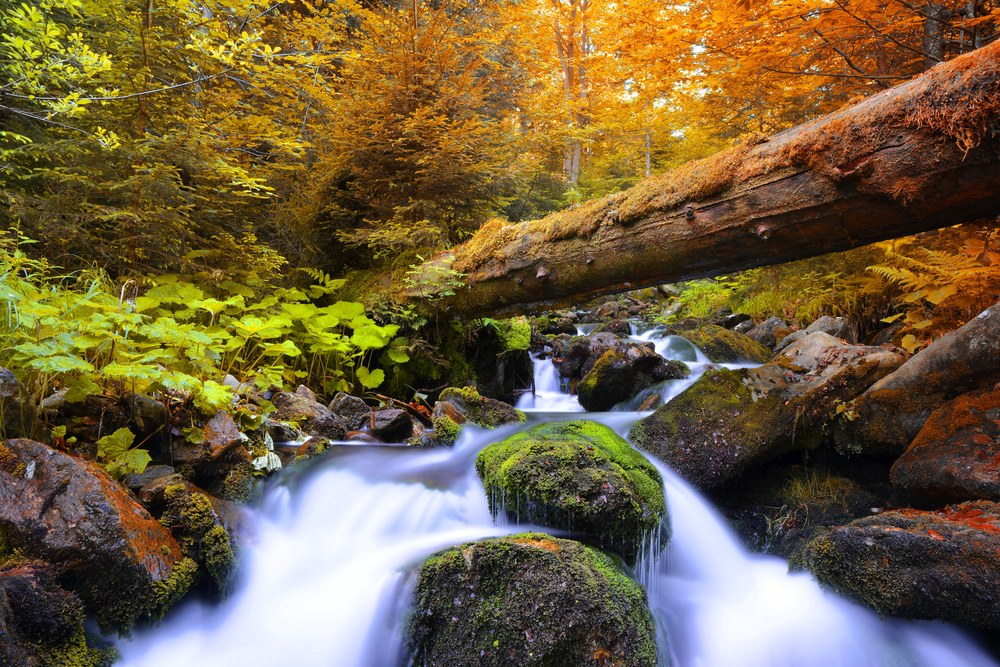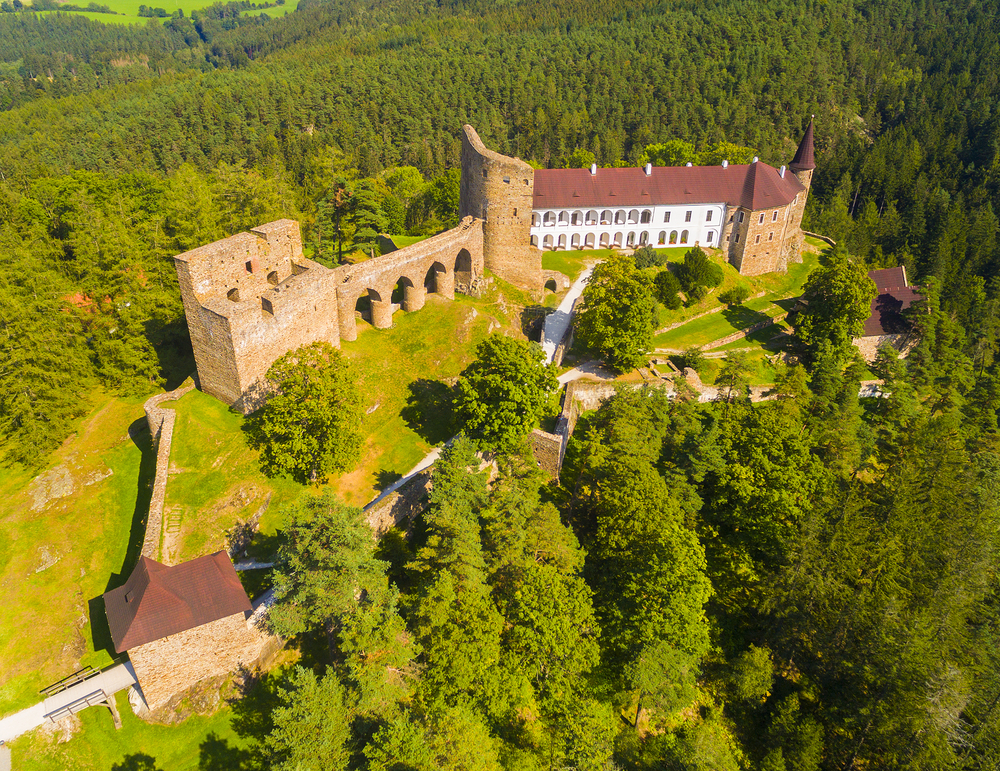Šumava Overview
Šumava National Park, or Národní park Šumava, is located in the southwestern part of the Czechia, along the border with Germany and Austria. Established in 1991, the park is part of the larger Bohemian Forest and is one of the most extensive national parks in Central Europe, covering an area of 263 square miles (680 square kilometers). Together with Bavarian Forest National Park in Germany, Šumava forms one of the most significant forest ecosystems in Europe.
The landscape of Šumava National Park is characterized by vast coniferous forests, peat bogs, glacial lakes, and mountain meadows. Some of its most famous natural landmarks include Lake Plešné, Lake Černé, and the Boubín Primeval Forest, one of the oldest protected forest areas in Central Europe. The park is crisscrossed by numerous rivers and streams, with the Vltava River—the Czech Republic’s longest river—flowing through the park.
Šumava National Park is home to a rich diversity of plant and animal life. The park’s forests are primarily composed of spruce and beech, with rare species like Sundew thriving in the park’s peat bogs. Wildlife includes species such as lynx, red deer, and wild boars, as well as a variety of bird species like black storks and woodpeckers.
However, Šumava National Park faces several environmental challenges, including bark beetle infestations, which have caused significant damage to the park’s forests. Additionally, climate change and increasing tourism pose threats to the park’s delicate ecosystems. Conservation efforts are underway to manage these challenges and protect the park’s biodiversity for future generations.
Park Map
Šumava National Park Highlights
Engaging Sumava National Park
Related National Parks More Czechia
Sources
- All Trails, Best Trails in Sumava National Park, https://www.alltrails.com/ar/parks/czech-republic/south-bohemia/narodni-park-sumava, retrieved August 2024.
- Amazing Czechia, Sumava National Park, https://www.amazingczechia.com/destinations/sumava-national-park/, retrieved August 2024.
- EUROPARC, Sumava National Park, https://www.europarc.org/transboundary-cooperation/discover-our-transboundary-areas/bavarian-forest-sumava-national-parks/, retrieved August 2024.
- Visit Czechia, Sumava National Park, https://www.visitczechia.com/en-us/things-to-do/places/nature/protected-areas-and-national-parks/c-sumava-national-park, retrieved August 2024.
- Visit Sumava, Sumava National Park, https://www.npsumava.cz/en/, retrieved August 2024.








































































